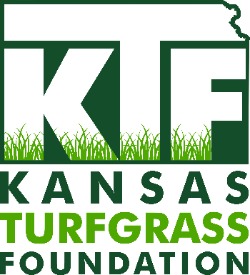Annual Ryegrass (Lolium multifolorum)


Annual Ryegrass is a light-green, coarse textured, upright, bunch-type, cool-season perennial grass. The leaves are ridged on top, wide, ¼ to ½ inch, and taper to a point at the tip. The back-side of the leaf is very glossy with a strong mid-rib. When mature this grass can easily be identified by its yellow-green color and strong clasping auricles. It does not form a dense turf canopy even when properly watered and fertilized. It is not compatible with any of the fine leaf textured turfgrasses like Kentucky bluegrass, perennial ryegrass or turf-type tall fescue but may contaminate seed lots of these species particularly ryegrass or fescue. This grass is frequently used for situations where rapid cover is required to avoid soil erosion. It is not intended to be used as a permanent turf. Unfortunately, it is frequently a major component of low quality, inexpensive contractor's lawn seed mixtures which are widely planted in new housing subdivisions.
Occurrence
This grass usually invades lawns by planting inexpensive, low quality seed mixtures. It grows well in full sun or partial shade and germinates and establishes rapidly. Under ideal growing conditions, a lawn seeded with annual ryegrass can germinate and almost establish in 7 days or less. This rapid establishment rate often crowds out more desirable seedling turfgrasses. What makes this grass so objectionable aside from its color and leaf texture is its rapid vertical growth rate which requires more frequent mowing in order to keep a uniform turf surface. Additionally, the leaf tips have a tendency to tear rather than mow cleanly, even with sharp mower blades. Annual ryegrass as the name implies is more or less an annual grass and does not thrive under drought conditions, mild heat or severe cold. When subjected to these conditions stand density will decline and the turf will become clumpy.
Non-Chemical Control
Plant certified seed that is free of annual ryegrass. Existing clumps can be physically removed by hand or cut out with a shovel. Maintain optimum turf density and health through proper mowing and adequate fertilization. Annual ryegrass does not persist when subjected to close mowing. Therefore, one strategy to reduce annual ryegrass would be to regularly mow at 2 inches or less. This may help reduce populations but will require several growing seasons to be effective.
Chemical Control
No reliable selective herbicides are available for annual ryegrass control. Therefore, if only a few clumps exist in a lawn, spot treatment with topical applications of a non-selective, systemic herbicide like glyphosate can be an effective control measure. Do not apply these herbicides to desirable turf as they will kill them too. Once dead, the treated areas should be re-seeded or sodded with a desirable and compatible turfgrass. If the lawn is infested with annual ryegrass complete renovation may be necessary.



